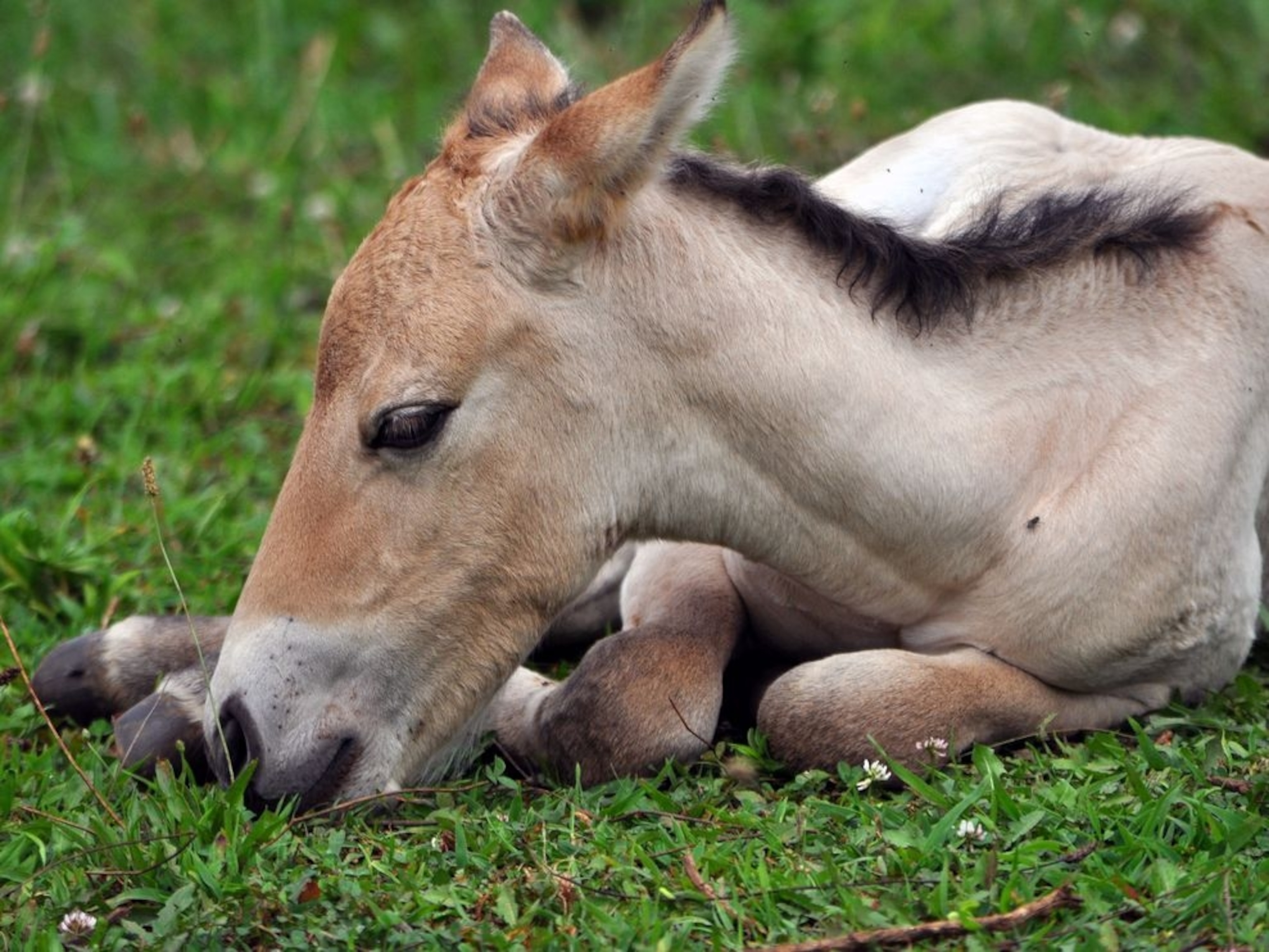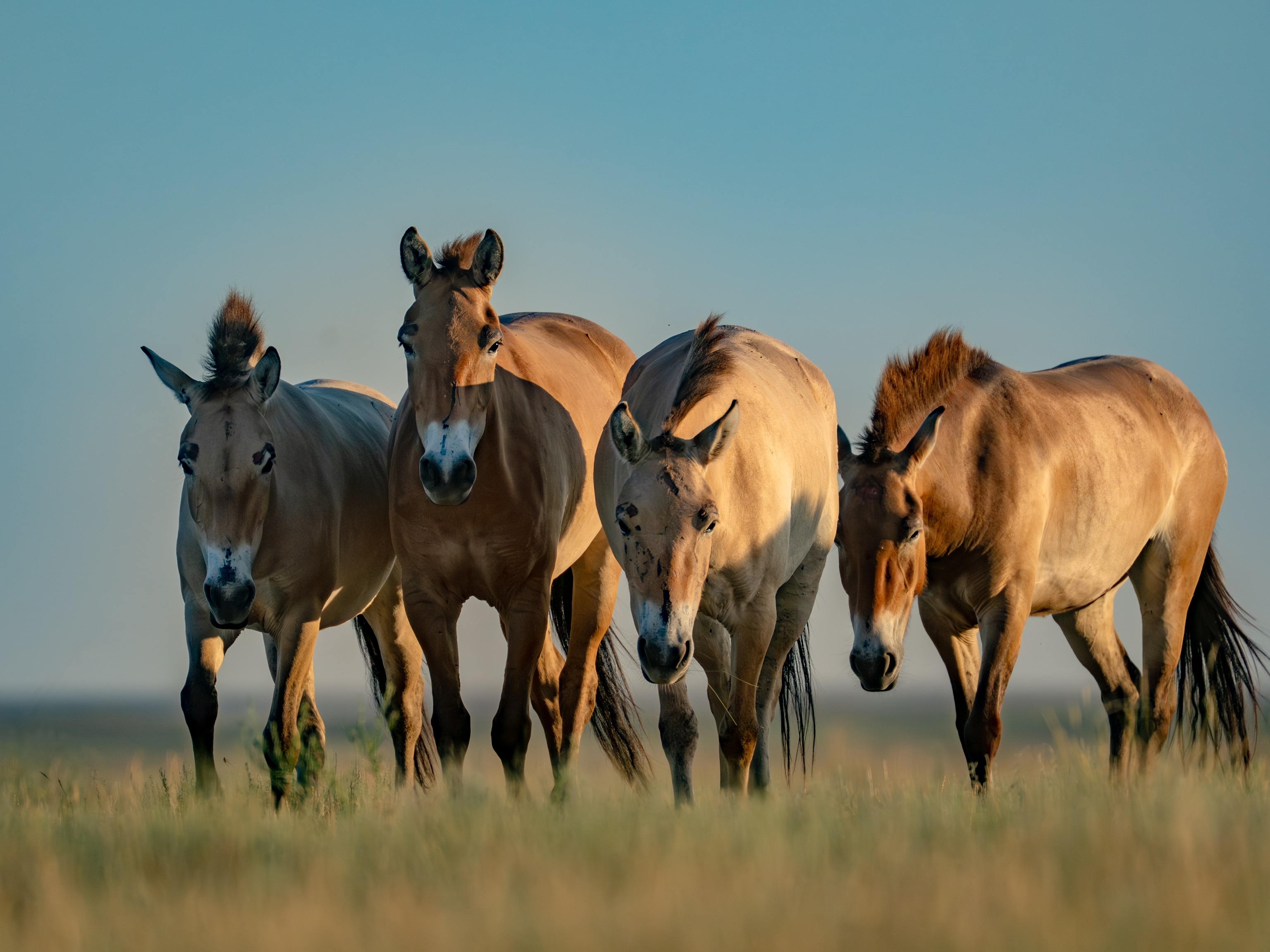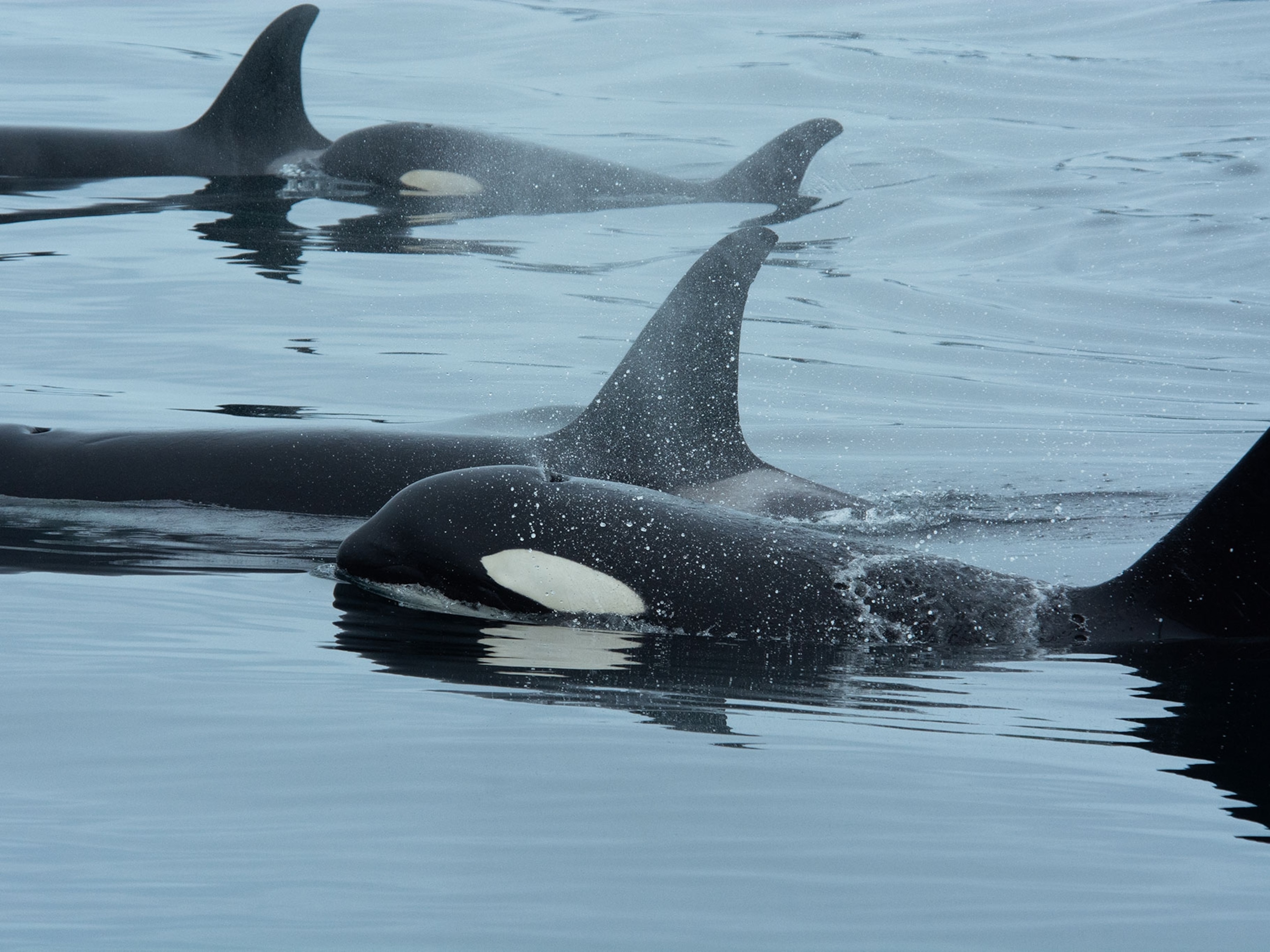
First Przewalski's Horse Born Via Artificial Insemination
Birth may be a breakthrough for the endangered species.
The birth of a Przewalski's horse—the first in the world to be born via artificial insemination—is giving the once decimated species new hope. The filly was born July 27 at the Smithsonian Conservation Biology Institute (SCBI) in Front Royal, Virginia.
Przewalski's horses are rare and endangered wild horses native to Mongolia. They were declared extinct in the wild in the 1960s, but have since been reintroduced to Mongolia, China, and Kazakhstan. There are an estimated 1,500 Przewalski's horses in the world, most of which live in captivity.
The foal was born to a mare named Anne, a first-time mother who was raised at SCBI. Although Anne's pregnancy lasted 340 days, her filly's birth was a process nearly seven years in the making.
"They are not like our domestic horses," explained Budhan Pukazhenthi, a reproductive physiologist at SCBI. "We had to really start developing the infrastructure and a management plan to study this."

Dolores Reed, a supervisory biologist at SCBI, explained that the early years of the process were spent learning how to work with the wild horses so that scientists could perform the steps necessary for artificial insemination.
She and her team implemented a reward system that enabled them to more easily collect urine samples from mares over time. As the horses learned more about the process, getting their cooperation became easier.
"There's always a reward at the end of whatever we're asking them to do," Reed explained. "It's positive reinforcement. We don't try to force them to do anything that they aren't willing to do."
After that, it was a matter of creating a viable pregnancy. Pukazhenthi said the team learned how to successfully collect semen from stallions, monitored hormone levels in mares, and studied how estrus cycles of Przewalski's horses compared with those of domestic horses.
Previous attempts to artificially inseminate the mares were unsuccessful. But last year, after consultation with experts at Auburn University, Pukazhenthi tried a different method that minimized the distance that the sperm had to travel in the uterus. It worked, making the yet-to-be-named filly the first Przewalski's horse of its kind.
Pukazhenthi and Reed explained that while the numbers of this endangered species have been increasing through natural breeding, for a group of animals that remains so small, artificial insemination can help diversify the population. "We want the least amount of inbreeding as we move forward in growing the population," Pukazhenthi said.
Artificial insemination also allows animals that would be ideal matches to stay in one place, avoiding the space, cost, and safety issues that arise when transporting a wild horse for breeding. (Watch a video about the first reverse vasectomy performed on a Przewalski's horse.)
It is their wildness that Reed was careful to preserve when working with Przewalski's horses. "It needs to act and behave like a Przewalski with the rest of the group," she said. "We did not want to tame them, so to speak, to the point that they weren't Przewalskis anymore."
Three years ago, SCBI celebrated the births of two other rare equids—Persian onagers—via artificial insemination, in partnership with The Wilds. Both organizations are part of a consortium called theConservation Centers for Species Survival, which studies endangered species, including wild equids.




